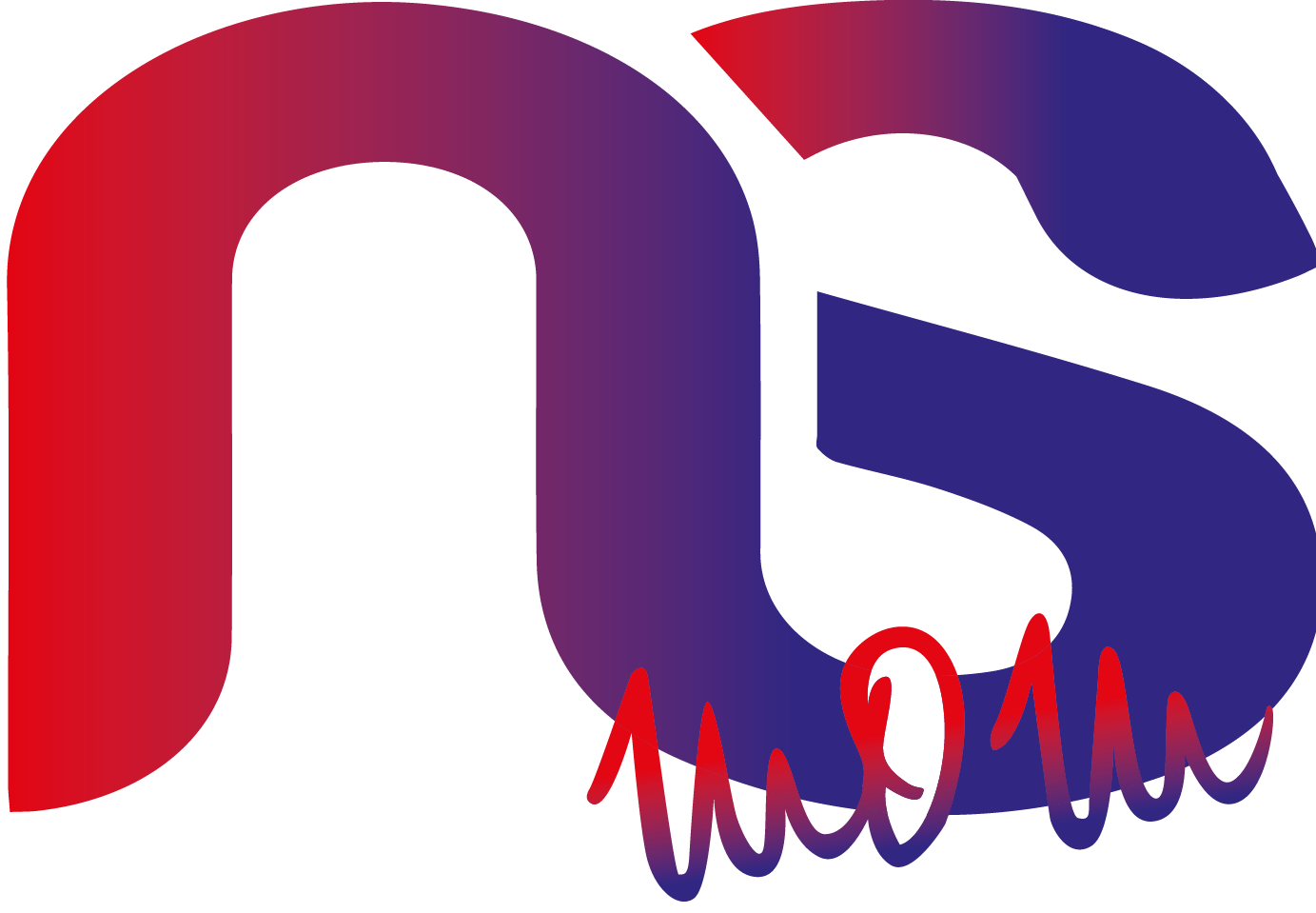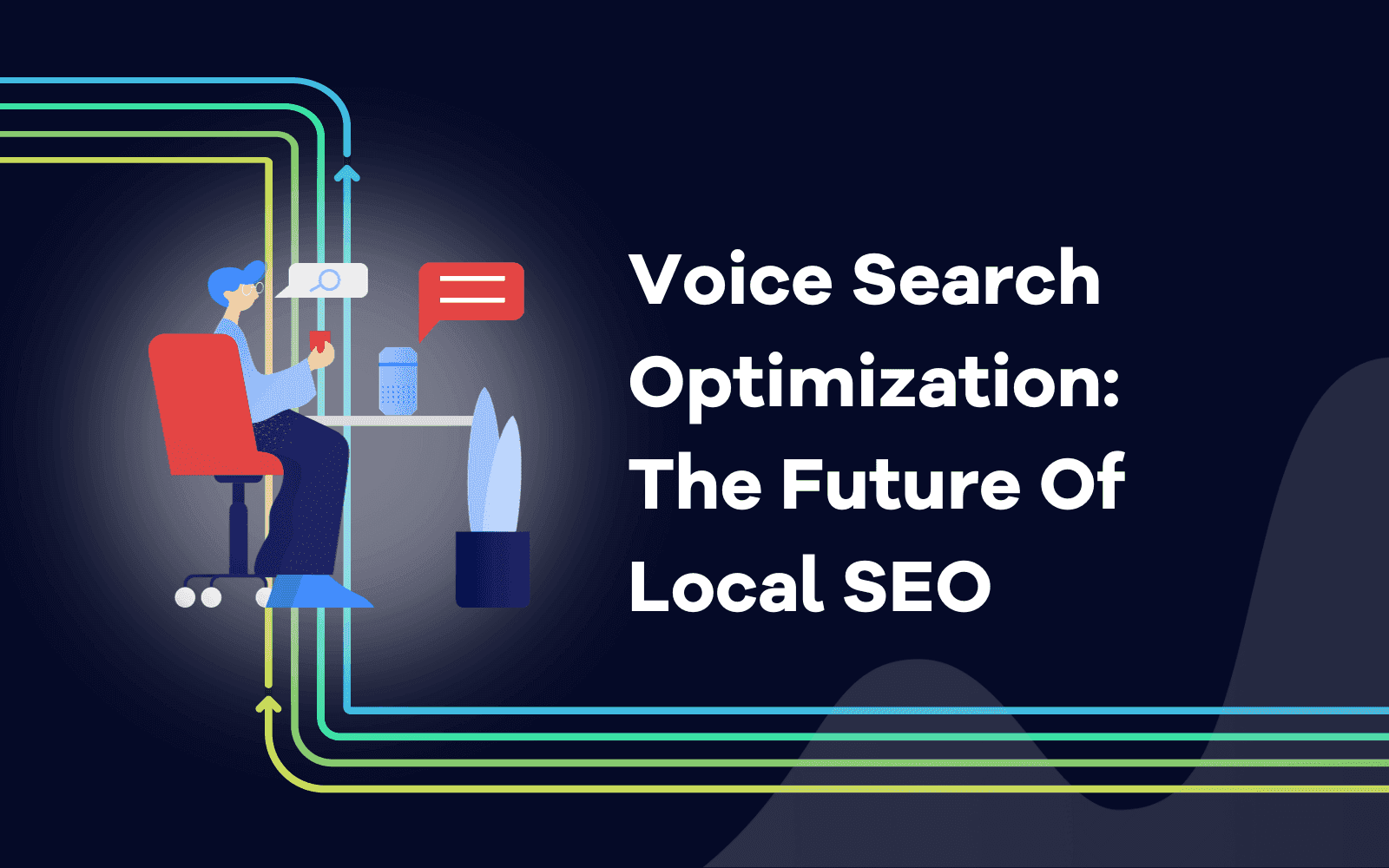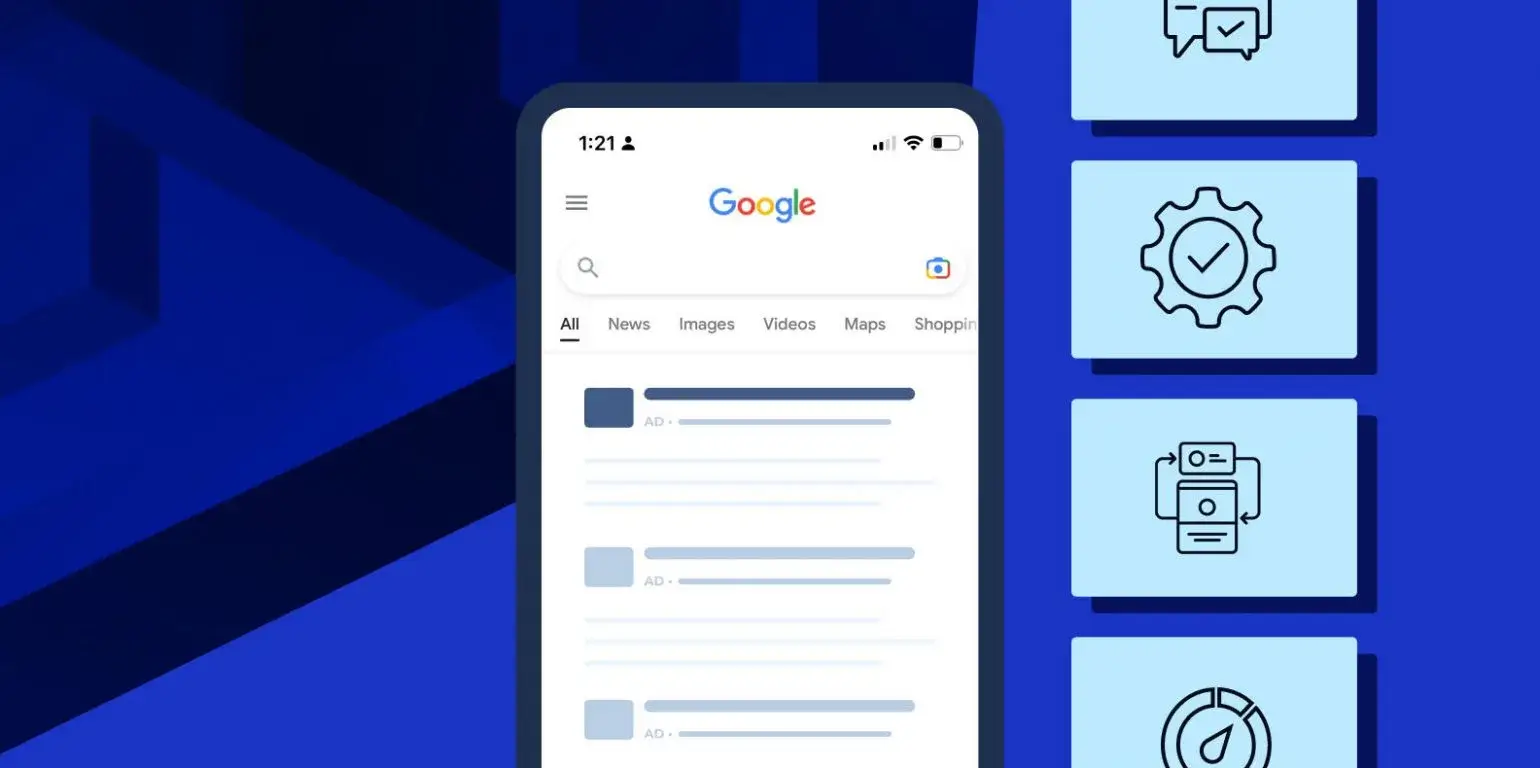
Using Visual Content to Enhance Your Brand’s SEO
Visual content is a powerful tool for improving your brand SEO. This guide explores how optimizing images and other visual elements can boost your search engine rankings and enhance your content marketing strategy.
Introduction
Incorporating visual content into your SEO strategy is crucial for building a strong online presence. High-quality images, videos, infographics, and other visual elements can significantly enhance user engagement, drive traffic, and improve your brand’s SEO. This article outlines strategies for image optimization and the effective use of visual content in content marketing.
Why Visual Content is Important for SEO
1. Increased User Engagement
Visual content captures attention and keeps visitors on your site longer. Engaged users are more likely to interact with your content, reducing bounce rates and signaling to search engines that your site provides value.
2. Higher Shareability
Images and videos are highly shareable on social media, increasing your content’s reach and attracting more backlinks. Backlinks from reputable sites enhance your site’s authority and improve SEO.
3. Enhanced User Experience
Visual content improves the overall user experience by making your content more appealing and easier to understand. A better user experience leads to higher user satisfaction and improved search rankings.
Strategies for Using Visual Content to Enhance SEO
1. Optimize Image File Names
Descriptive, keyword-rich file names help search engines understand the content of your images, improving your site’s relevance for specific searches.
Action:
Rename image files to include relevant keywords before uploading them to your website (e.g., “brand-seo
strategies.jpg” instead of “IMG_1234.jpg”).
2. Use Alt Text Effectively
Alt text provides a text alternative for search engines to understand the content of your images. It also improves accessibility for users with visual impairments.
Action:
Write concise, descriptive alt text for each image, including relevant keywords naturally.
Avoid keyword stuffing in alt text, as it can negatively impact your SEO.
3. Compress Images for Faster Load Times
Large image files can slow down your website, negatively affecting user experience and SEO. Compress images to reduce file size without compromising quality.
Action:
Use tools like TinyPNG or JPEG-Optimizer to compress images before uploading them.
Implement lazy loading to delay loading images until they are needed.
4. Leverage Infographics
Infographics combine text and visuals to present information in an engaging and easily digestible format. They are highly shareable and can attract valuable backlinks.
Action:
Create informative and visually appealing infographics related to your industry or niche.
Share infographics on social media and submit them to infographic directories to increase visibility.
5. Optimize Videos for SEO
Videos can significantly enhance user engagement and time spent on your site. Optimizing videos for SEO ensures they are discoverable by search engines.
Action:
Host videos on YouTube and embed them on your website to increase visibility.
Use descriptive titles, descriptions, and tags for your videos, including relevant keywords.
6. Implement Schema Markup for Images and Videos
Schema markup helps search engines understand the content of your images and videos, improving their chances of appearing in rich snippets and image search results.
Action:
Use Schema.org markup to provide detailed information about your images and videos.
Implement video schema to enhance the visibility of video content in search results.
7. Create Visual Content That Tells a Story
Visual storytelling engages users emotionally and makes your content more memorable. Use a mix of images, videos, and graphics to convey your brand’s message effectively.
Action:
Develop a visual content strategy that aligns with your brand’s voice and message.
Use high-quality visuals to tell stories that resonate with your audience.
Measuring the Impact of Visual Content on SEO
1. Track User Engagement Metrics
Monitor metrics such as bounce rate, time on page, and pages per session to gauge how visual content impacts user engagement.
Action:
Use Google Analytics to track user engagement metrics for pages with visual content.
Analyze the data to understand which types of visual content perform best.
2. Analyze Backlink Profile
Track the number and quality of backlinks generated from visual content. High-quality backlinks can significantly boost your SEO.
Action:
Use tools like Ahrefs or Moz to monitor backlinks to your visual content.
Identify which pieces of visual content are attracting the most backlinks and replicate their success.
3. Monitor Social Media Shares
Social media shares can drive traffic and improve SEO indirectly by increasing content visibility and engagement.
Action:
Use social media analytics tools to track shares and interactions with your visual content.
Encourage sharing by including social sharing buttons on your website.
Conclusion
Using visual content effectively can significantly enhance your brand SEO by improving user engagement, shareability, and user experience. By optimizing images, videos, and infographics, you can drive more traffic to your site and boost your search engine rankings.
Get In Touch


